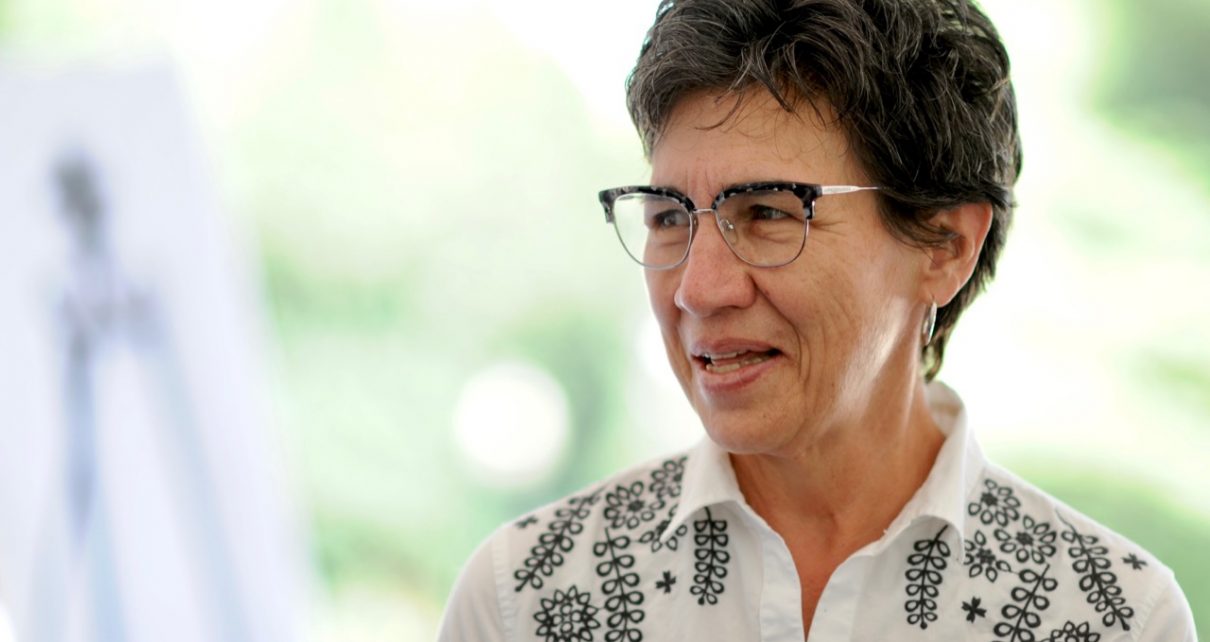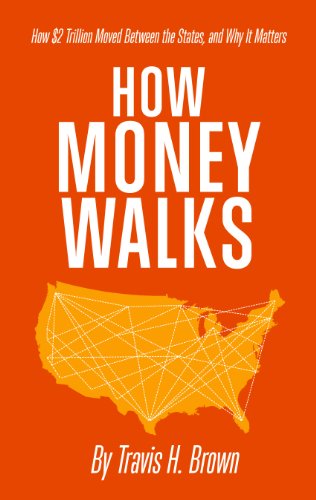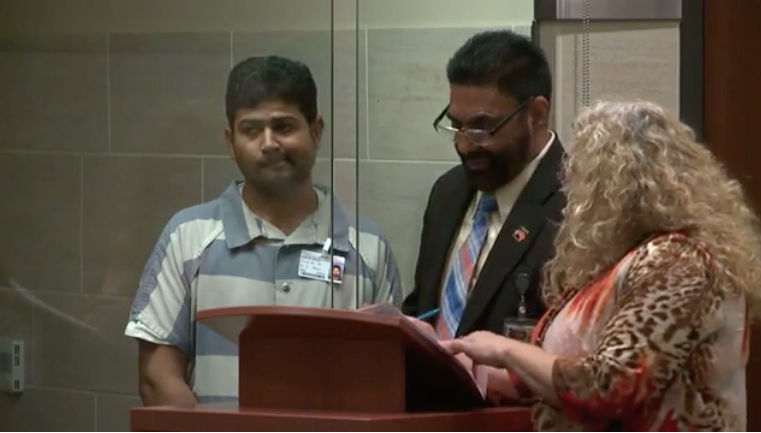
Sen. Susan Eggman (Photo: Kevin Sanders for California Globe)
Protect Californians from End-of-Life Suffering, Neurosurgeon Says
Right now, we don’t know if people are being coerced into using physician-assisted suicide
By James Santiago Grisolia MD, July 28, 2021 2:12 am
When confronted with terminal illness, many worry about pain, loss of control, and being a burden to their family. While palliative care already lightens these burdens, California passed the End of Life Options Act (EOLA) in 2016, permitting terminal patients to request a lethal dose of medications from their physician. As a neurologist, I know the desperation that drove the passage of this law. But, our current law lacks transparency or accountability, and Senate Bill 380 by Sen. Susan Eggman (D-Stockton) would make changes to the law, ultimately removing safeguards and making changes that are dangerous and unnecessary.
End of Life Options Act collects minimal information, so we have no idea of success or abuse. Critics worry that patients may be coerced into requesting physician-assisted suicide (PAS) by family, friends or even health plans. Under a similar law in Oregon, MediCaid refused to pay for certain cancer treatments, but instead offered PAS as a cheaper option. Have similar abuses occurred here? Limited state-collected data makes it impossible to know.
So far, 2,858 people have received prescriptions under EOLA and 1,816 actually decided to take the dosage and die, according to the California Department of Public Health (CDPH). CDPH revealed at a public hearing in 2018 that physicians and others do not comply with the law, but the state has no enforcement activity to ensure compliance. This leaves us with incomplete information at best, and non-existent information at the worst.
Physicians may file incomplete or inaccurate forms, and whether an illness is terminal is not verified in any way, while other data like race and educational level are reported by CDPH but are not even submitted by physicians on the state forms. Was the patient able to make this decision? Were they coerced or pressured by family or a nursing home because they were inconvenient? Only a check box on the state form tells you, with no means of verification. Yet physicians, witnesses, and others remain completely protected under the law, with no external oversight. Other states have much more oversight and accountability.
Per CDPH, a health care provider attends while the patient takes the lethal dosage only 43% of the time, but whether a healthcare provider is present or not, no data is reported on complications like vomiting, choking, seizures or other causes of suffering before death.
Lastly, CDPH admits to destroying collected data every 3 years, although not required under the law. Right now, we don’t know if people are being coerced into using the EOLA, or experiencing complications from the drug overdose. We don’t have any verification of any data under the law and while data is collected, much is not reported or disclosed publicly. The current bill, SB 380 removes safeguards and repeals the sunset provision, extending the current law permanently. Californians should demand more transparency and accountability, not less.





Eggman, isn’t that an old German name from the 30s?
Nazi-ism in the name of compassion is still Nazi-ism.
When I look at her, Tomorrow, I can’t help it but she just reminds me of Margaret Sanger. And I’m sure YOU know who that is, right?
I don’t think the Nazis were very fond of lesbians.
The usual-suspect Dem politicians, such as Sen Eggman (pictured), are all about DEATH. They’re fixated on it. Once upon a time they would have been called mentally ill for such a fixation. No more I guess!
If one thing we have learned over the last year and half is that a majority of people can be quite convinced to do what they feel is compassionate over what is reality, i.e. drivers wearing masks alone, masking 2 years olds, vaccinating all despite natural immunity and low risk.
I agree with the neurologist, people can be easily convinced to end their life prematurely under SB-380. Why must this become law derived from the culture of death?
All life is precious we must not forget that.
Logan’s Run was not a scifi movie, it was the Democrat plan for the world. Remember when they said that old people have a duty to die?
I’ve got to say: That headline doesn’t make sense! SB-380 is intended to let people choose PAS instead of suffering. I don’t get what the author is proposing as an alternative. The article really sounds like his message is “accept EOL pain or your greedy grandchildren will murder you!”
The objection to the reduced waiting period doesn’t make a lot of sense, either. Right now we have 36 percent of people receiving prescriptions not using them. How many of those people asked for the prescription because they were warned it would take a long time to get the PAS drugs and so asked for them “just in case”? Doesn’t the 48 hour waiting period for somebody who’s experiencing intolerable pain make a lot more sense than 15 days plus bureaucracy?
Grisolia is an MD. Couldn’t he at least propose some alternative palliative treatments? Some alternative way to make sure EOL patients get whatever meds they want?
Concerned, I was also confused by the headline. I thought he was for people receiving PAS!
I am completely opposed to PAS in any form (direct or indirect). The original law was passed because it included the sunset clause and the stand down period of 15 days. So, Senator Eggman is trying to have her cake and eat it too because she’s retiring.
As for other alternatives for relief of pain, hospice and quality palliative care provide both morphine and fentanyl to dying patients. The dosages can be adjusted as needed if pain increases. Palliative sedation (medically induced unconsciousness) is also an option. Also, it is vitally important for patients and family members to understand what it looks like when the body begins to shut down in preparation for death. Things that we see as pain can actually be reflexive and not related to pain, for instance, labored breathing in an unconscious dying person.
@Erin: I also prefer and support hospice care and aggressive pain management as a much better alternative. The “line” between aggressive pain management and PAS can be uncomfortably fuzzy, especially if the patient has depression and/or significant tolerance to opioids. I wish Grisolia had addressed how difficult it can be to manage that balance without risk of under-medicating EOL patients on the one hand or killing people on the other. I’m willing to trust patients, families and medical staff working together to make appropriate and ethical choices.
How unfortunate that Dr. Grisolia has so little faith in their fellow healthcare professionals and feels the need to use misinformation to prop up a false narrative. Let’s start with transparency and accountability. He says there is none, and that is false. All aid-in-dying laws are conservatively written to protect both the patient’s privacy and the healthcare professional’s right to opt out. There are over sixty years of collective data to show that the laws work as intended. Dr. Grilsolia fails to mention that in states with these laws, over 85% of patients are enrolled in hospice at the time of their death using the aid-in-dying law. This is far above the national average. The state data requirements are determined with the legislation that is passed. Dr. Grilsolia had an opportunity to have a seat at the table if he was so inclined. Medical aid-in-dying laws are 100% patient-driven from request through self-ingestion. It is not an advanced directive so that no one can act on the patient’s behalf. Those who oppose this option would like you to believe that families want to kill granny for the money. It’s a slippery slope argument that does not wash when you look at the collective data across the US. Additionally, when someone is eligible to request aid-in-dying, they have a life expectancy of fewer than six months and usually come to this option after years of treatment such as chemo, radiation, and immunotherapy. He is correct that a doctor does not need to be in attendance. This is directly in line with how hospice programs function as well. When a terminally ill patient is on hospice at home, they have very powerful meds at their disposal. Neither a doctor nor nurse is on hand 24 hours/day to administer morphine ,dilauded etc. What opposition counts on is that most people, who haven’t cared for a terminally ill loved one, don’t know that is how the process works. I cared for my Dad when he was dying of pancreatic cancer. We had hospice, and I was taught how and when to use the medication. At no time did it occur to me to overdose him. For those who oppose medical aid-in-dying, scare tactics and misinformation work for folks who don’t dig a bit deeper for the actual facts. All that being said, medical aid-in-dying is an option. It’s voluntary. It does not replace quality hospice/palliative care. For a small percentage of terminally ill patients, it is the right decision for them. We need to trust mentally capable adults to make their own healthcare decisions, just like they have for their entire lives. Every American deserves the right to have the end-of-life experience that is best for them.
So I can’t get my pain medication without jumping through a ton of humiliating hoops, but someone can get a script to literally kill themselves? I hate doctors more and more everyday.
@Jay: “Someone,” maybe, if they meet a lot of qualifications. Not “anyone” can get a script to kill themselves. That’s completely untrue. With the current law, it’s much harder to get a PAS prescription than to get opioids.
Why do you “hate doctors”? Blaming MDs for laws restricting scheduled drugs is not rational.
Unbelievable that you cannot understand that people should be able to make their own end of life decisions when they are terminal. Instead of going through all this BS, a friend took care of this himself before he was unable to. Called the cops and shot himself while on the phone. I can understand why he did this and am very upset that he had no good options and had to do this. I have my stash of medication/drugs and when I feel my time is up, I’ll be able to make my own decisions, unencumbered by other people’s personal belief systems.